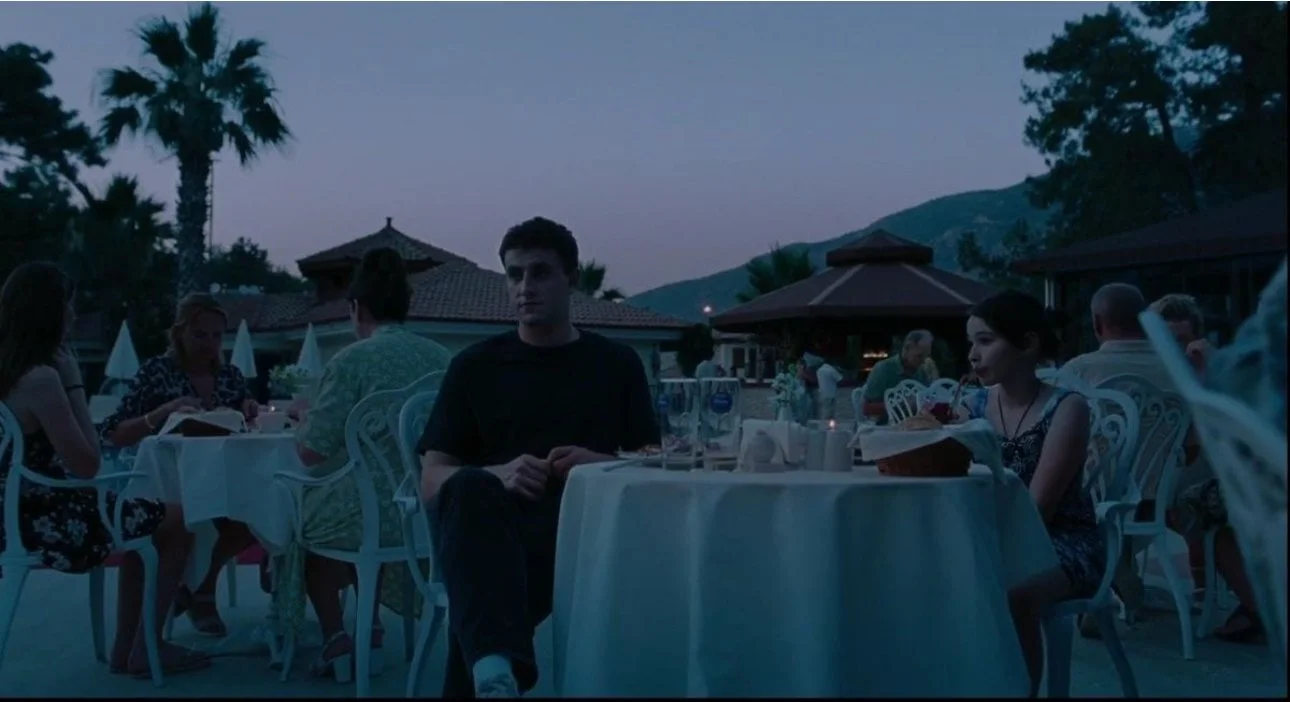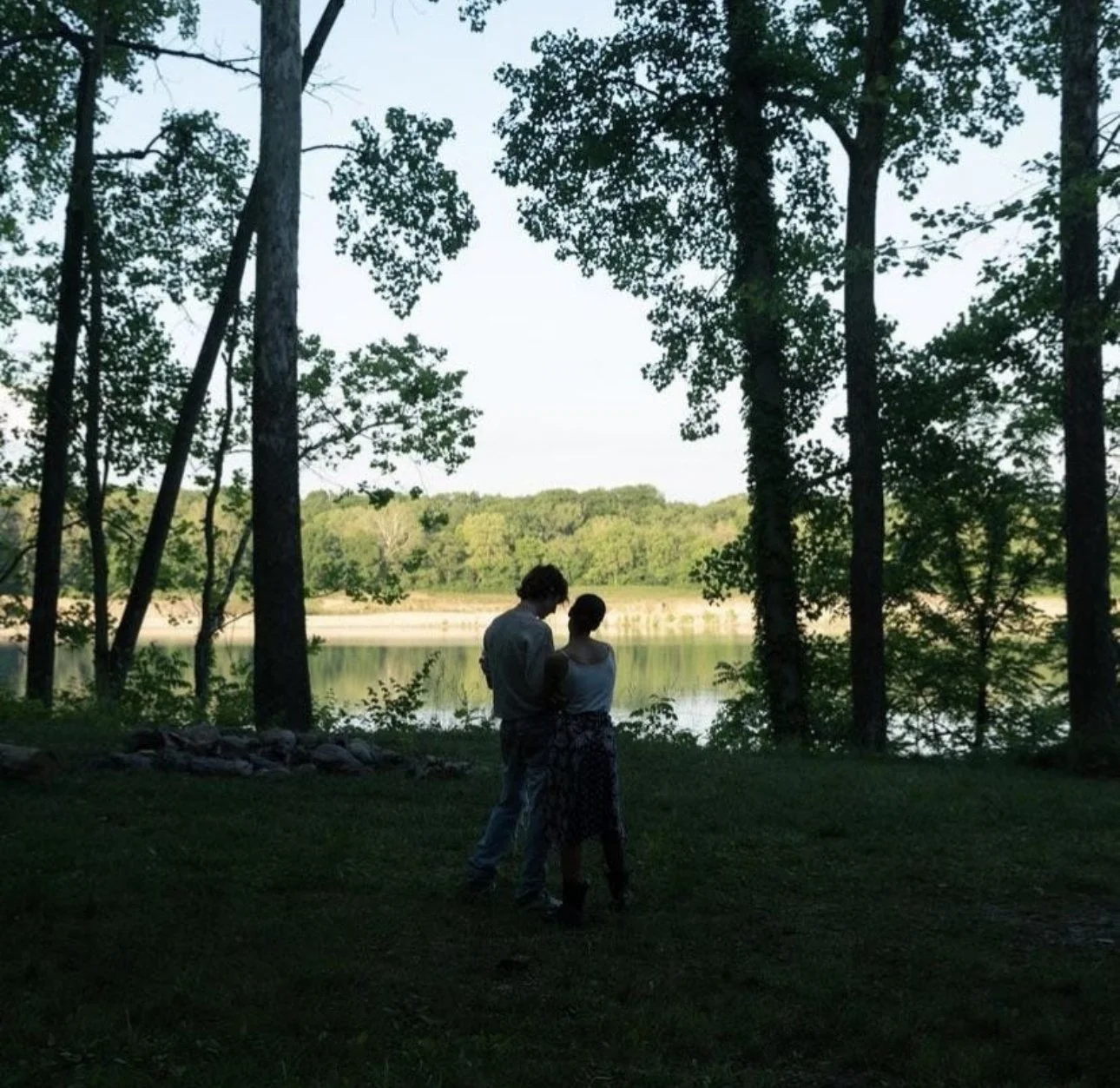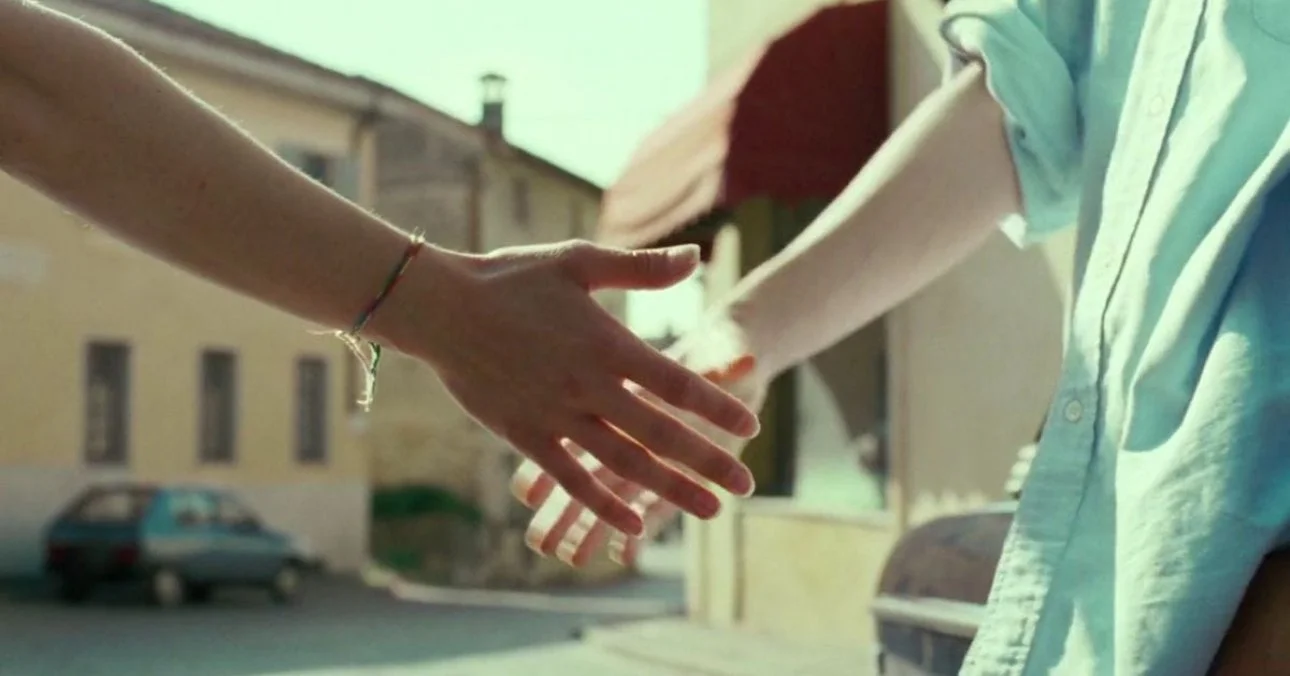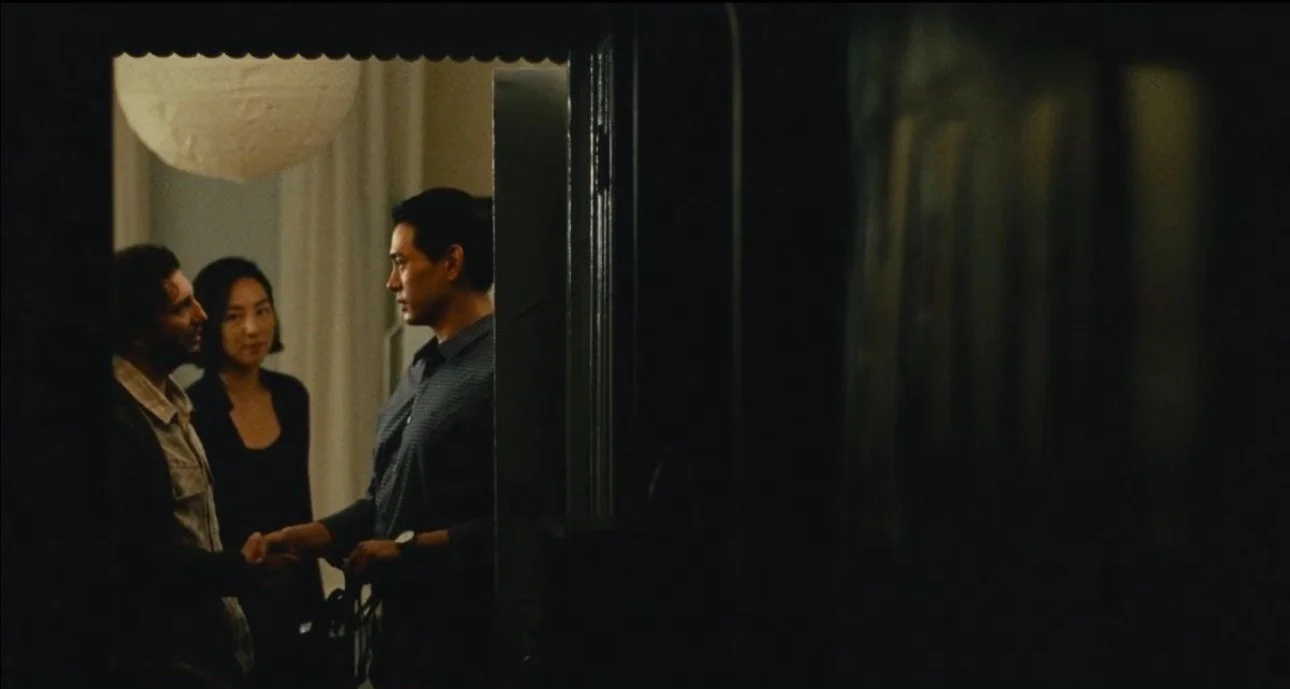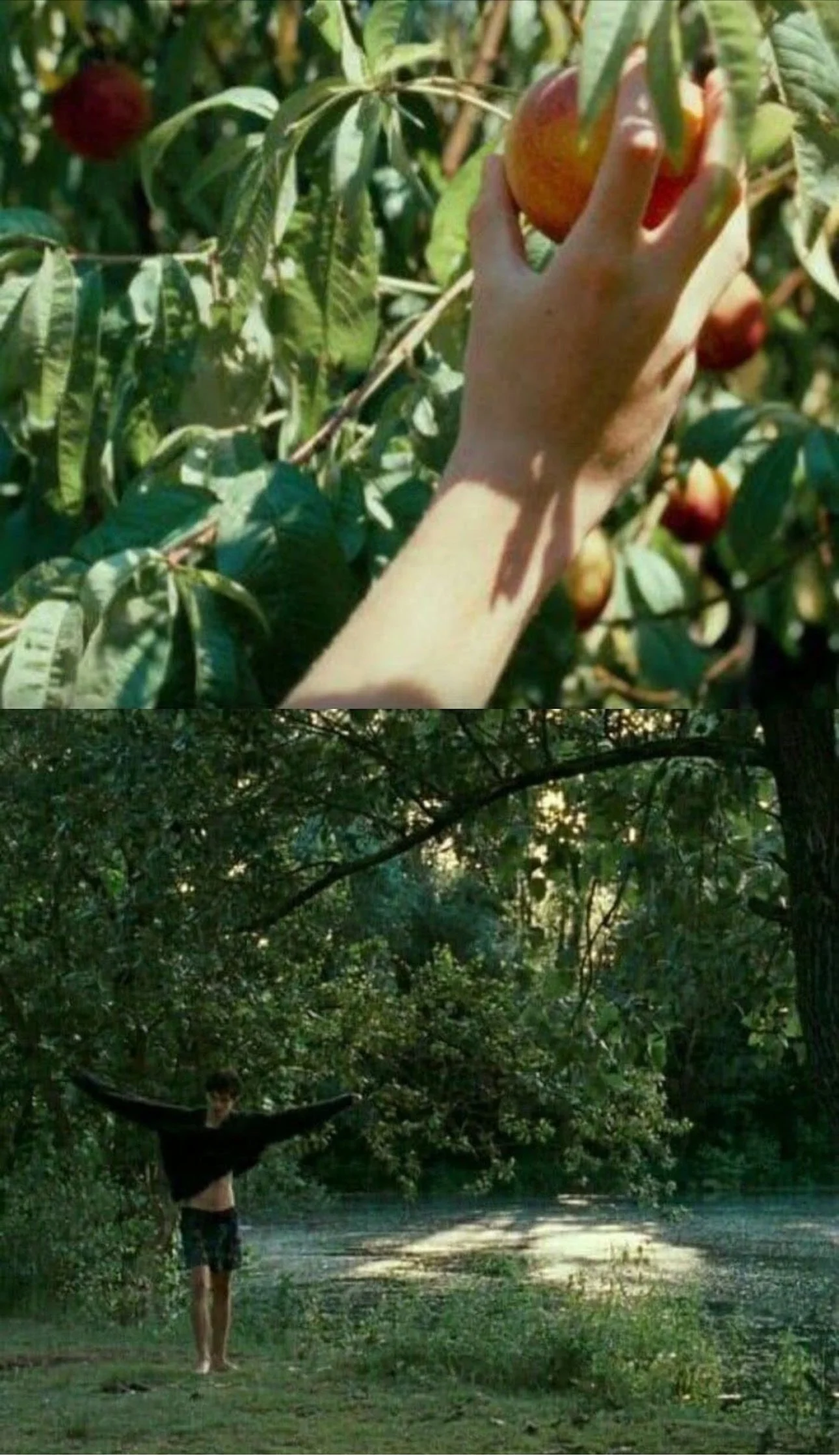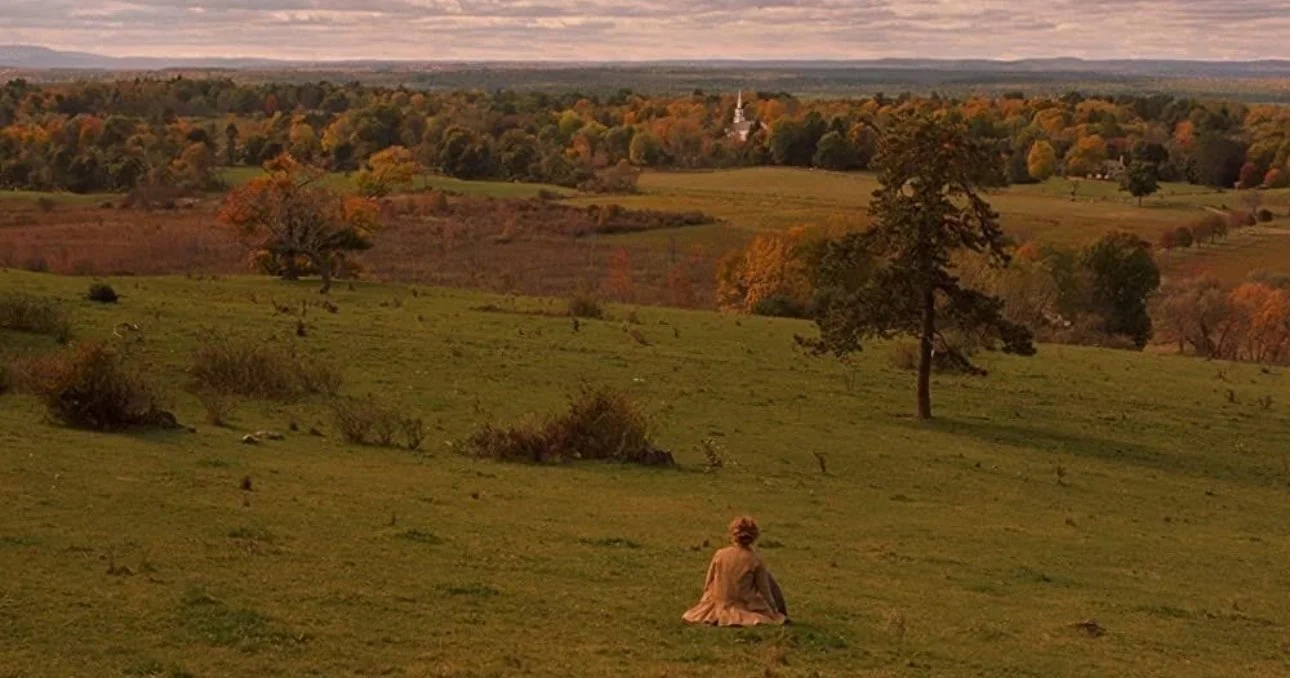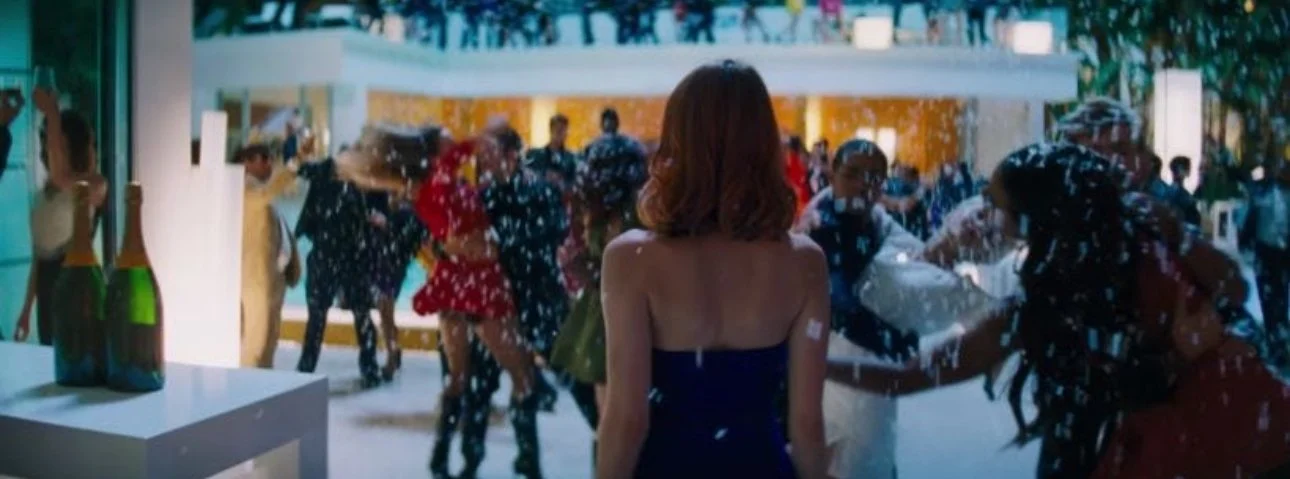Exploring the Essence of Film Scores
By Natalie McCarty
In the realm of cinema, where visuals dominate the screen, it’s easy to underestimate the profound impact of music. Yet, beneath the surface, the art of the original film score holds a transformative power, enriching narratives, elevating emotions, and etching moments into our collective memory.
One of the fundamental roles of music in film is its ability to set the mood and atmosphere. Imagine a suspenseful scene devoid of its nerve-wracking soundtrack or a romantic encounter stripped of its tender melodies; the impact would be markedly diminished. Music has the capability to convey emotions that words alone often fail to articulate.
A film or television series’ original score serves as a narrative cue, subtly guiding viewers through the story’s twists and turns. Just as a musical motif can signify the presence of a particular character or theme, changes in rhythm, instrumentation, or tempo can foreshadow impending events or character developments. The strategic integration of leitmotifs, recurring musical themes associated with specific characters or ideas, can foster a deeper connection between the audience and the story, enriching their understanding and emotional investment.
While licensed music can effectively complement visual storytelling, original scores offer a unique opportunity for composers to craft tailor-made sonic landscapes that perfectly align with the filmmaker’s vision. The process of composing an original score is a meticulous endeavor that involves close collaboration between the director, composer, and other key creatives. It requires a deep understanding of the narrative arc, character dynamics, and thematic elements, allowing composers to weave a sonic tapestry that resonates with the film’s essence, which is something we’re seeing with the original score by Trent Reznor and Atticus Ross for Luca Guadagnino’s newest film, Challengers. Crowds globally are making the film’s score trend as audios on TikTok and Instagram reels, which just goes to show the success that can be found not only in resonating with the crowd but even as a tool in aiding promotion for a debuting film.
From the swashbuckling adventures of “Indiana Jones and the Temple of Doom” to the timeless saga of “Empire Strikes Back,” and onward to the tender introspections of “Call Me By Your Name” and “Past Lives,” the evolution of film scores mirrors the evolution of storytelling itself.
Yet, as the cinematic landscape evolves, so too does the art of film scoring. In recent years, indie films like “Past Lives” and “Call Me By Your Name” have embraced a more nuanced approach to music, eschewing bombast for intimacy, and subtlety for authenticity. In “Past Lives,” composer Laura Stevenson crafts a hauntingly beautiful score, employing delicate piano melodies and ethereal strings to underscore the film’s themes of love and loss. Similarly, in “Call Me By Your Name,” Sufjan Stevens’s ethereal soundtrack serves as a poignant backdrop to the film’s tender exploration of desire and identity, evoking a sense of longing that lingers long after the credits roll.
Perhaps one of the most compelling examples of modern film scoring can be found in “Judas and the Black Messiah.” Composer Mark Isham’s score serves as a powerful complement to the film’s searing portrayal of betrayal and redemption, blending elements of jazz, gospel, and classical music to create a sonic tapestry that is as evocative as it is unforgettable. From the haunting strains of “Chairman’s Overture” to the triumphant crescendo of “End Credits,” Isham’s score resonates with a raw emotional intensity, immersing viewers in the turbulent world of 1960s Chicago. I genuinely believe “The Inflated Tear — The Car, the Club” is one of the best pieces of original music I’ve heard in a long time.
One of the most admirable aspects of original film scoring lies in its ability to transcend language and cultural barriers, speaking directly to the universal language of emotion. Whether it’s the haunting melodies of Ennio Morricone in “The Good, the Bad and the Ugly,” the iconic themes of John Williams in “Star Wars,” or the ethereal compositions of Hans Zimmer in “Inception,” these scores have left an indelible mark on cinematic history, enriching the medium and transcending the boundaries of time and space. Not to mention the truly genius mind of Justin Hurwitz (the composer behind my favorites: La La Land, Whiplash, and Babylon). I could talk about his work forever and perhaps actually will do so in a separate article.
The essence of an original score perhaps lies in its power to shape the identity of a film, becoming inseparable from its legacy. Just as a visual masterpiece relies on its cinematography and storytelling, a cinematic gem finds its soul in its musical accompaniment. The symbiotic relationship between image and sound elevates the viewing experience, immersing audiences in a multi-sensory journey that lingers long after the credits roll.
The importance of music in film cannot be overstated. From classic blockbusters to indie gems, the art of the original score serves as a vital component of cinematic storytelling, enriching our experience, and deepening our connection to the stories unfolding on screen. As we continue to celebrate the power of music in film, let us recognize and honor the profound impact it has on our collective imagination and cultural consciousness. Music is a device that transcends time, genre, and expectation, weaving its magic into the very fabric of cinema itself.

